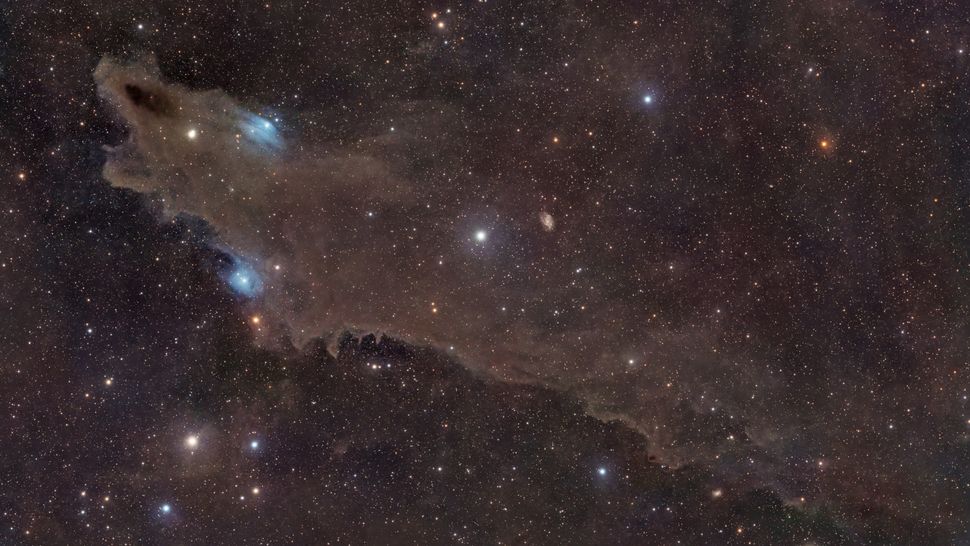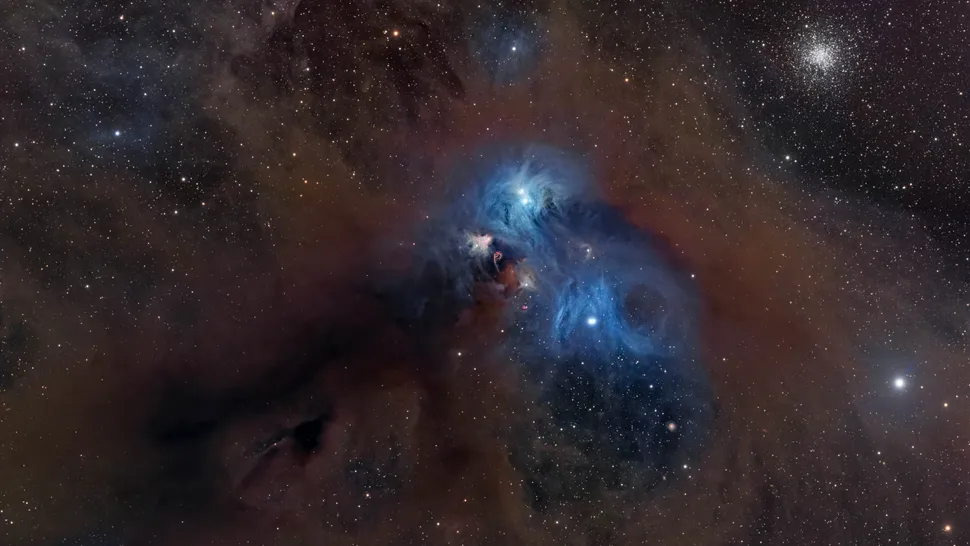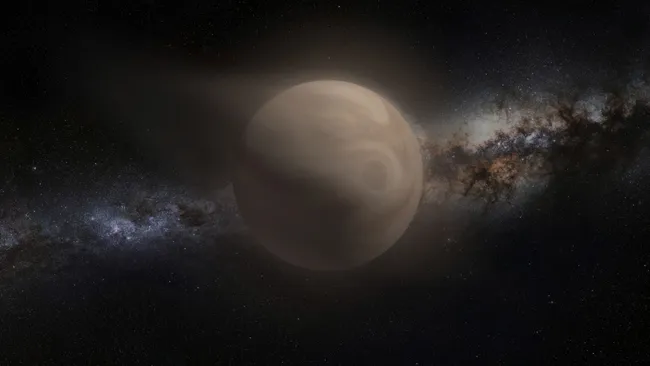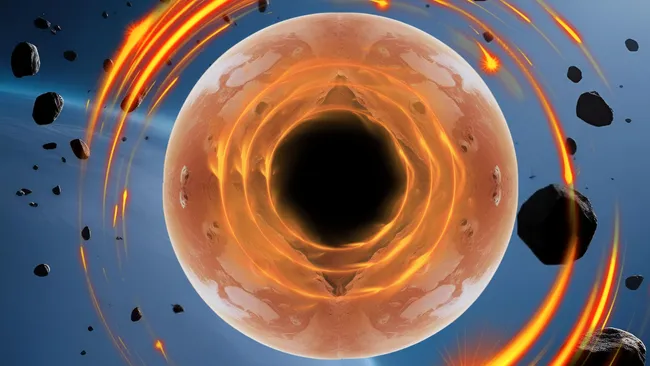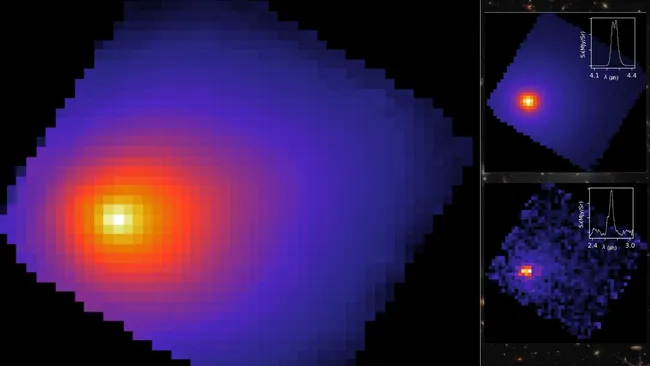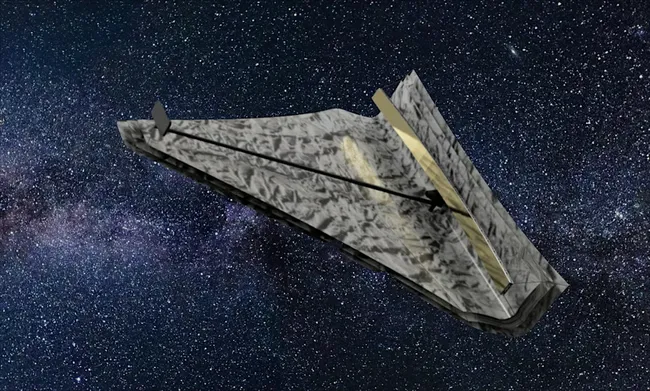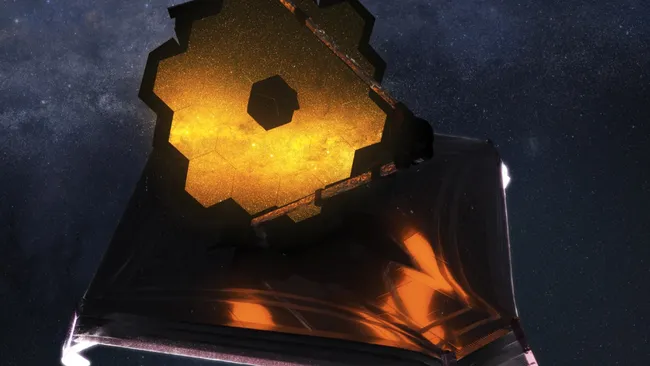In July this year, astrophotographer Ronald Brecher captured a striking deep space vista, where interstellar clouds resembled a colossal cosmic shark lurking in space.
The body of this cosmic predator spans 15 light-years from snout to tail in the constellation Cepheus, about 650 light-years away from Earth. Radiation from nearby energetic stars sculpted the cloud into a wide-open maw, with dorsal and pectoral fins faintly visible across its nebulous form.
“I love imaging dark nebulae,” Brecher told Space.com in an email. “They need long exposure times without moonlight since the wisps are faint. Getting a bonus galaxy and reflection nebulae is icing on the shark.”
The shark’s glaring “eye” is formed by the magnitude 6 star HD 211300. Behind its dorsal fin, the barred spiral galaxy PGC 67671 appears as a faint smudge of light. Blue patches near the predator’s top and bottom are reflection nebulae, scattering stellar light in brilliant azure tones.
Brecher captured this cosmic scene using a Sky-Watcher Esprit 70 EDX refractor with a QHY367C Pro astronomy camera, from his home in Guelph, Canada, over several nights between July 23–30. Data was later processed with PixInsight software to reveal the fine details.
For those inspired to try astrophotography, guides on the best cameras and lenses for night sky imaging, plus tips for photographing the Milky Way, are highly recommended.

